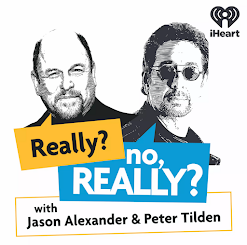When I'm looking at a page of printed text I find it a bit hard to spot the web addresses embedded within it unless they are in colour or underlined. Web addresses written with www. at the beginning, instead of http://, just seem unfinished to me, and perhaps less easy to spot. An http:// or two is helpful to guide the eye, being the textual equivalent of a highlighter pen. A sensible alternative would be to put the web address at the end of the text and reference it in-text, and if it's a long address it's helpful to provide a shorter alternative to save whoever's typing it in from the printed page.
Some accessibility guidelines recommend against underlining text (presumably because the line interferes with the shape of the words but since we've managed to invent strikethrough and double strikethrough surely we can invent an underline that's lower down...) or italicising words, meaning that the links aren't made particularly salient. Sometimes links are presented in bold, which is a big help, but it depends on the house style.
This is when I skim read in hope of finding http:// as this 'word' looks different from all the other text on the page. It's probably the :// that's doing it but the h and the p form a nice shape too. Probably we've all got used to the idea that typing http:// into a browser address bar is generally redundant as the default setting is for web pages (although you have to be careful if you want to use the https:// format for secure pages).
In electronic documents internet addresses are usually more obvious. Pressing the space bar after typing one in my email programme (Outlook) or Word automatically turns the preceding address into a link or email address (of course you can set it so that it doesn't do this). In some email programmes the mailto: command isn't needed and the presence of an @ is enough to create a clickable email address, similarly the http:// isn't necessary and www.blah will resolve to an active link.
Plenty of web addresses don't even need the www, for example bit.ly and twitter.com. Having said that I notice that the http:// seems still to be required in tweets in order to render an address as a blue-text active link (similarly # in front of a word renders it as a link to the Twitter search results for that word).
Presumably someone can 'set' Twitter so that bit.ly/blah will go to http://bit.ly/blah in the way that someone must have done something to email a few years ago so that mailto: in front of an address would 'activate' it. But at least in these cases it's obvious what the link is, whatever it looks like.
But for printed pages, bring back the http://
With thanks to @the_beacon for the point about https and to @jjsanderson, @mokuska and @rpg7twit for disagreeing with me :)
Sunday, 18 July 2010
Subscribe to:
Post Comments (Atom)





No comments:
Post a Comment
Comment policy: I enthusiastically welcome corrections and I entertain polite disagreement ;) Because of the nature of this blog it attracts a LOT - 5 a day at the moment - of spam comments (I write about spam practices,misleading marketing and unevidenced quackery) and so I'm more likely to post a pasted version of your comment, removing any hyperlinks.
Comments written in ALL CAPS LOCK will be deleted and I won't publish any pro-homeopathy comments, that ship has sailed I'm afraid (it's nonsense).